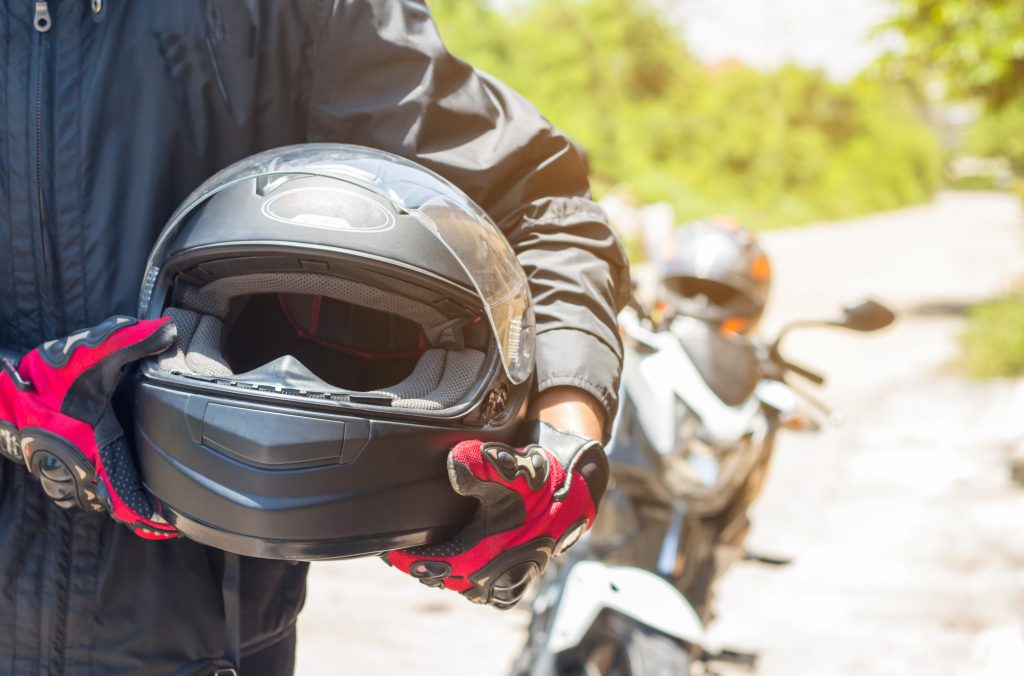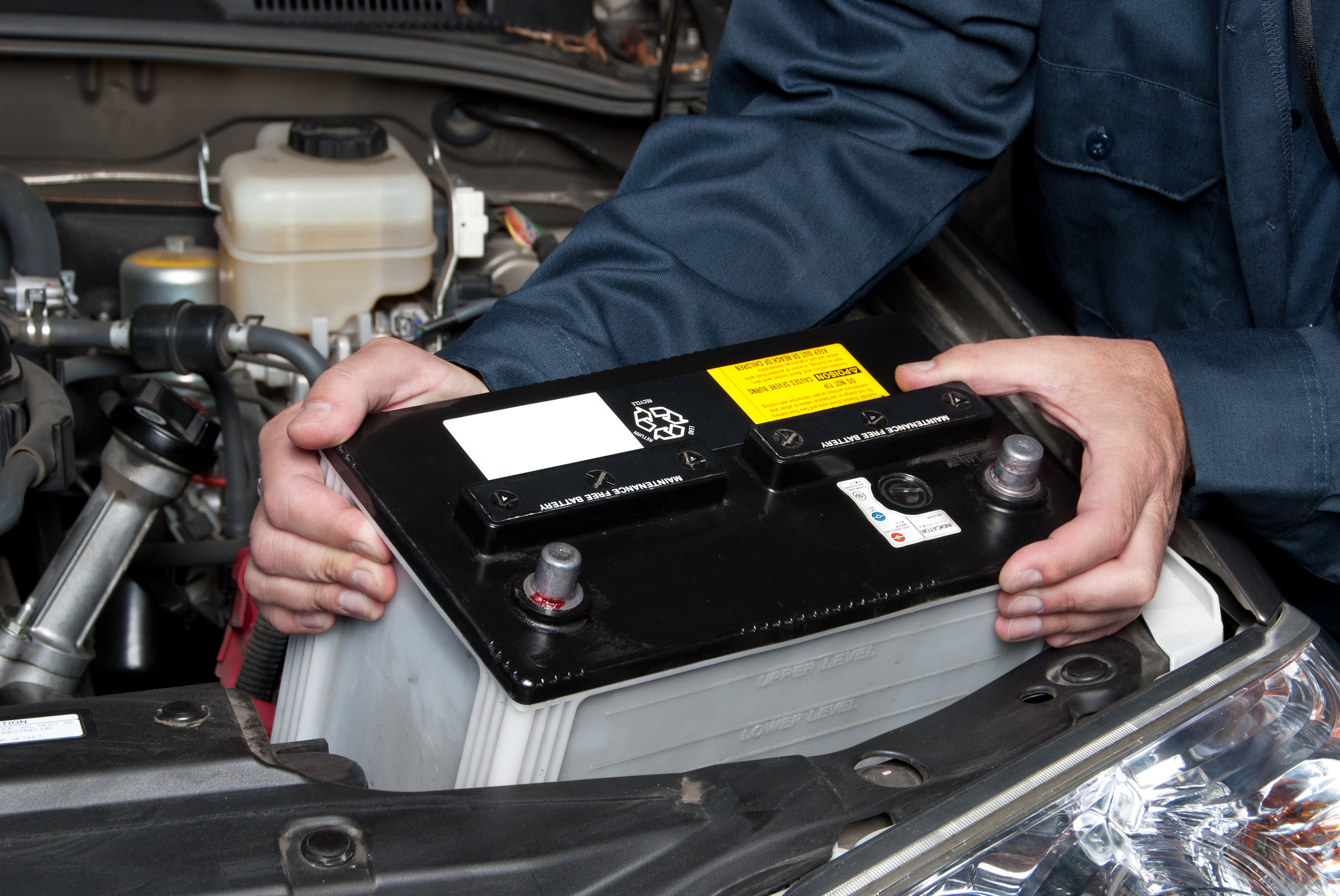
Is buying a motorcycle helmet confusing you?
You’re not alone. Motorcycle helmets are an essential piece of gear for any biker. It could be the difference between life or death. But with so many types of motorcycle helmets, finding the right one for you isn’t always easy.
Don’t worry, we’re here to help! Read on for what to consider when buying a motorcycle helmet to get the best one for you.
Type of Motorcycle Helmets
When it comes to choosing the type of helmet, you’ve never had so much choice. Here’s a basic overview of the five basic helmet types.
Open Face
These are the least restrictive helmets but also offer the least protection. There is a lot of airflow, as the helmet doesn’t cover your face or chin. You might find them referred to as skull motorcycle helmets. Check this source for more.
Full Face
This helmet covers your entire head. There is a face shield to protect your eyes and nose. It’s the least ventilated but offers the most protection from weather and impacts.
Modular
With modular helmets, there is a hinge mechanism that lets you swing the face shield and chin bar out of the way. You can convert the full-face helmet into an open-face one, getting the benefits of both.
ADV
ADV (Adventure) helmets let you transition from street to trail as it’s designed for both. They have the face shield, but have a peak on the cap over the eyes, with room for goggles.
Dirt Helmet
This is exclusive gear for off-road riding, and might not be street-legal. They’re designed for use with goggles and don’t have a face shield.
Measure Head Size & Shape
Once you settle on the type of motorcycle safety helmet you want, it’s time to measure your head. Cool motorcycle helmets might look great, but they need to fit. For head shape, there are usually 3 common types:
- Long oval
- Intermediate oval
- Round oval
Get someone to take a photo of your head from above and flatten your hair as much as possible. Long and thin, it’s long oval. Almost round, it’s round oval. If it’s somewhere in the middle it’s intermediate oval.
To work out your helmet size, get someone to measure the circumference of your head with a soft tape measure. The tape should go along the top of your eyebrows and around the widest part of your head at the back.
Check the Fit
Find helmets with your measurements and try them on. The right fit means you should feel the pads pushing your cheeks up a little (chipmunk cheeks). But note, open face helmets don’t have pads so this won’t apply.
Grab the chin-bar or strap and move it about. You should feel your cheeks moving but not your helmet. It’ll take some time (15-20 hours) to break in a helmet though, so a little tightness is ok.
Wear It For Half an Hour
Keep wearing your helmet for 30 minutes, you’re looking to see if pressure points develop. A little tightness is fine, but pain isn’t.
There are two common pressure points; on your forehead and a little above your temples. If it hurts your forehead, the helmet likely isn’t long enough. If it’s hurting your temples, it’s not round enough.
Buying a Motorcycle Helmet Made Easy
Now you know what to look for when buying a motorcycle helmet you’ll be sure to get the best one for your needs.
Make sure you get the type of helmet suited for your usage. The fit should be snug, but not painful, it’s important to get that right. The right helmet could save your life one day.
If you found this article helpful, check out our other blog posts today!




